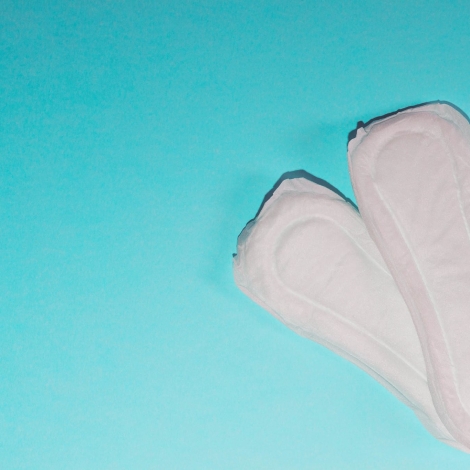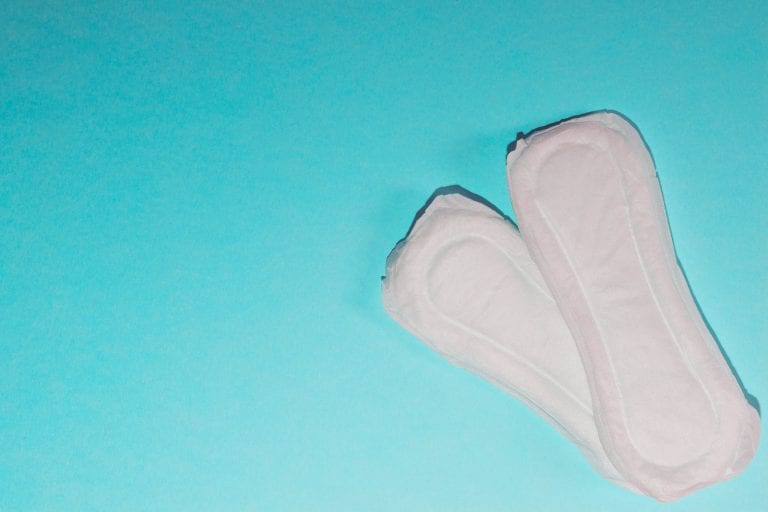When you hear about the lack of menstrual hygiene knowledge, products and access you generally picture women and girls in Asian, African or Latin American countries. What if you learn that within the United States similar problems afflict some girls and women, also?
US period poverty challenges
A study of 183 women with low incomes living in the US city St. Louis, Missouri, found that 64 percent (nearly two-thirds) could not afford menstrual hygiene supplies at some point in the previous year, and 21 percent (about one-fifth) of the women suffered that problem each month. According to the research published in the February 2019 edition of Obstetrics and Gynecology:
“Many women make do with cloth, rags, tissues, or toilet paper; some even use children’s diapers or paper towels taken from public bathrooms. Nearly half of women (46%) could not afford to buy both food and menstrual hygiene products during the past year.”
The shame surrounding that ‘time of the month’ is real in the United States. It affects girls’ attendance in school, their social activities and disrupts their normal life just like in some regions in the midst of economic development. Desperate girls in the United States can buy proxy products or do not change their pads or tampons as often as needed. They are too embarrassed to ask for the products such as tampons and sanitary napkins from their fellow girl classmates or go to the nurses’s office. This is in the United States, not in an impoverished country, that incidents like these happen on a daily basis.
For more on the intersection of technology, global development and menstruation challenges, please see the author’s article I Experienced the Same Taboos Shown in the Documentary ‘Period. End of Sentence.’
Challenges abound in policy and economy. School officials say that the products are expensive and cannot provide all that is needed for free. Another problem, officials say, is that some students take advantage by taking more products than needed for their family members, or even sell them for money.
Compounding the problem, there may be little US government assistance. Menstrual products are not covered by programs that help low-income residents buy groceries, such as WIC and SNAP, Reuters Health reports.
Solutions in policy and technology
As in countries in economic development where residents lack access to basic supplies, policy changes and the monumental task of building better distribution networks can solve much of this problem in the United States. Technology also plays a role, however. A shift to reusable products could make menstrual hygiene more affordable. Nearly a dozen examples are filed in Engineering for Change’s Solutions Library, including Be Girl’s reusable pads that are sold in the United States, Latin America, Africa and Southeast Asia.
Compare reusable and low-cost period products in E4C’s Solutions Library
Non-profit organizations can help. Upon hearing about the lack of access to period products in US schools, Nadya Okamoto founded Period. Her organization has donated over 75 million sanitary hygiene products. States like California, New York, Tennessee and Illinois have started programs to provide these products for free in schools.
These efforts all aim towards achieving what is called ‘menstrual equity’ for all. The term may not be recognizable to some, so for more information about menstrual equity, please see Jennifer Weisz-Wolf’s book, Periods Gone Public: Taking a Stand for Menstrual Equity.
For more information and coverage of this issue, please see the video below of PBS Newshour’s episode that aired June 25, 2019.
Top photo by Marco Verch. See the original photo.

